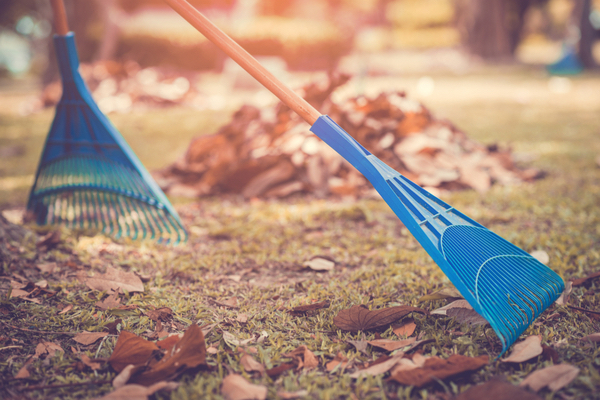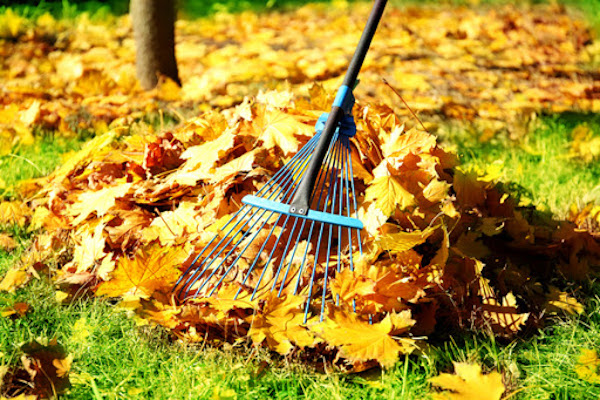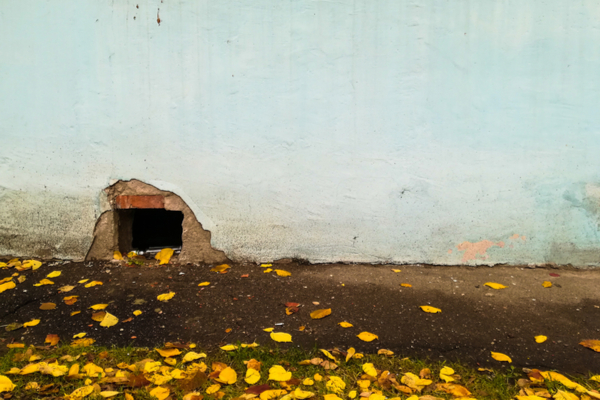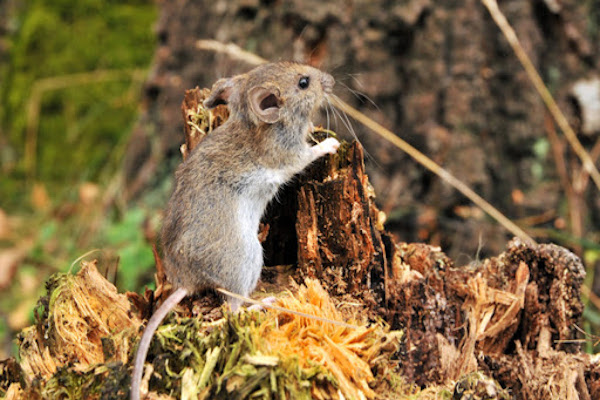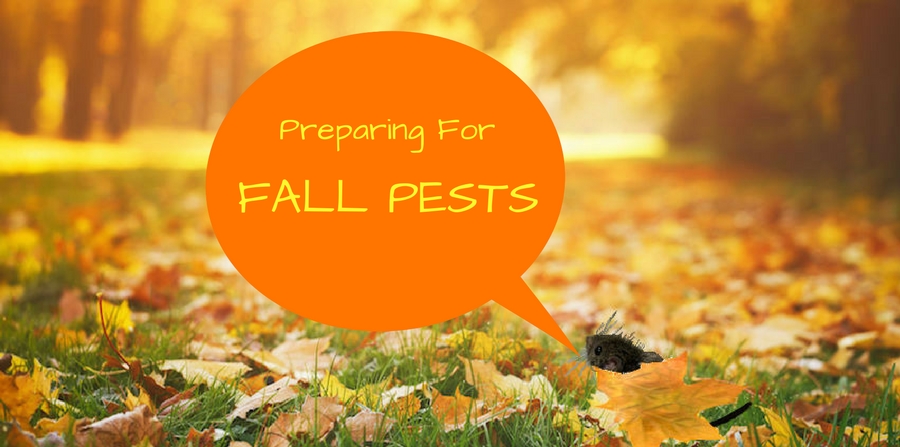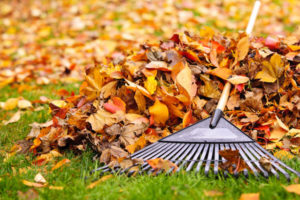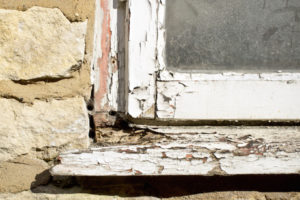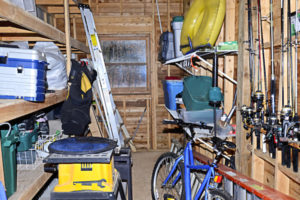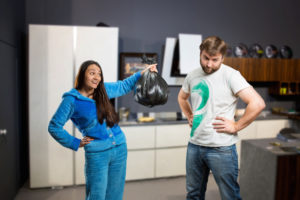If you’ve been following us, you already know fall is the most active season for pests. Unfortunately, we’re not just talking about indoor pests, either. All kinds of pests become particularly active as winter approaches–including the yard destroyers. A lot of people tend to scale back their yard maintenance as summer ends. Unfortunately, this can have disastrous consequences–and ones that last longer than a season.
Luckily, just like all pest problems, these consequences are preventable. Here are the top four simple lawn maintenance routines you should keep up this fall. If you’ve already stopped doing these things, don’t panic! Just get back on them before winter’s first frost, and you’ll go a long way toward preventing pest infestations.
Keep mowing
For whatever reason, many homeowners think they should stop mowing their lawns once summer’s over. Some stop mowing almost completely as early as September! Grass doesn’t stop growing as early as we tend to think it does. In fact, most yards keep on keeping on until frost. Your yard isn’t the only thing “keeping on,” either. All the pests that love long grass are hanging in there, too. If anything, they’re more active than ever.
Bugs like the Japanese beetle, European chafer, and Chinch bug all feed on long grasses. Japanese beetles also deposit their larvae, so it can feed on overgrown root systems. If you don’t stop pests like this, they’ll return to trouble you next spring and beyond. Grass does grow less quickly in fall, so you won’t have to mow as often. When you mow, make sure you set your mower to the appropriate length. Mowing too low could create its own problems.
Rake up (and remove!) leaves
Fallen leaves are a pest paradise. All kinds of pests feed on them, and they’re usually a great source of moisture, too. If you let leaves blow across your yard, pests could follow them all the way to your home. They also serve as cover for autumn infiltrators like roaches, boxelders, and even rodents. Beetles, spiders, and even termites–as in, wood-eating termites–are attracted to leaves. Whether they’re wet or soggy, leaves draw in pests from all over.
It’s not enough to simply gather leaves into a pile, either. In fact, if anything piles of leaves just allow pests to congregate in larger numbers. Laying out leaves in bags around the side of the house won’t cut it, either. When stink bugs or boxelders congregate in leaf piles, they give off a pheromone that attracts other bugs nearby. After gathering up leaves, put them in a plastic bag and take it to your local compost. Raking regularly will significantly help keep bugs at bay.
Declutter
Obviously, falling leaves aren’t the only clutter fall tends to bring down on your yard. As trees go dormant and winds pick up, all kinds of natural debris tends to swirl around. Chances are, a lot of it ends up in your yard. It gets stuck to fences, crumples up under decks, or gets hung up on ornamental plants and ornaments. Twigs, seeds, nuts, berries, fruit, bark, and garbage all have a way of… just collecting in your yard in fall.
However it got there and whatever it is, you should remove it from your yard. The more cluttered and messy your yard, the more inviting it is to pests. Rodents, beetles, stink bugs, and all kinds of other fall “favorites” love sneaking around under cover. The problem is, all those pests rarely stay outside. Once things cool down, they’ll be looking for somewhere warm. Somewhere like your home, conveniently located right there. You don’t want that, so you should keep your yard as clean as you can.

Keep weeding
Yeah, we know this one isn’t fair. Remember how we said grass doesn’t stop growing just because it’s fall? Well, weeds really don’t stop growing in fall. It’s like they were looking for one last chance to make trouble for you. Weeding is arguably more important in fall than ever, because your yard is vulnerable. If you don’t pull out weeds now, they could do some serious damage before frost. Then there’s the pest problem. Always, the pest problem.
Different kinds of weeds attract all kinds of different pests. Everything, from flies to beetles to termites (again, ugh) are attracted to weeds as a food or moisture source. Even bees and wasps may be particularly attracted to pollen-producing weeds as a last-minute snack. You should keep weeding as long as you keep mowing: right up until frost. You’ll help preserve your lawn’s health and fend off pests at the same time.
Yeah, we know this sounds like a lot of work. And we know it’s probably not how you pictured spending your fall. Look at it this way: you worked hard taking care of your yard all summer. You shouldn’t let all that hard work go to waste in a couple short weeks. If you care for your yard now, it won’t just prevent pests this fall–it’ll save winter and spring, too.
If any of those outdoor pests decide to invite themselves inside, give Griffin a call anytime. Our experts will wipe out indoor pests and make sure you have a safe and secure winter and spring.

